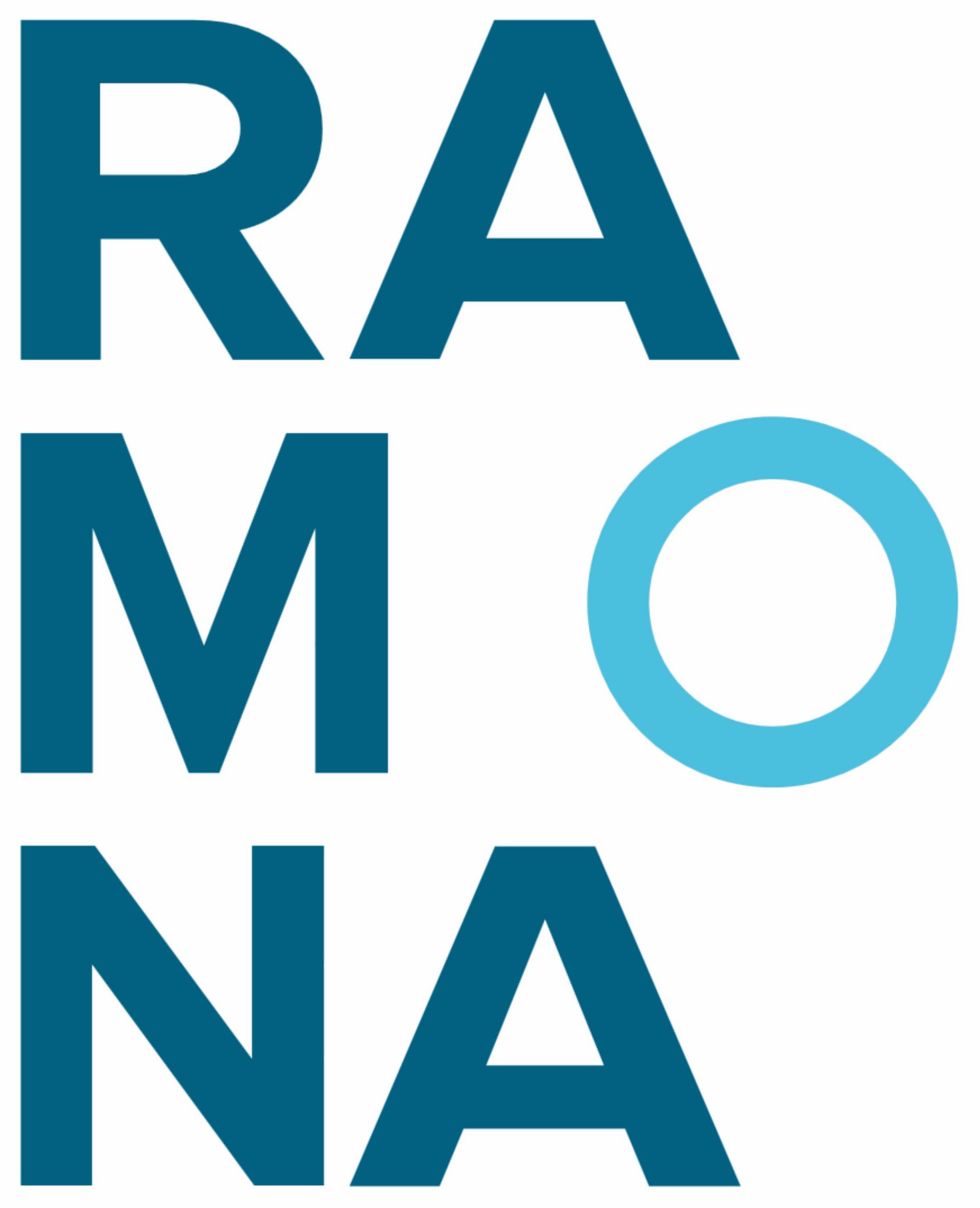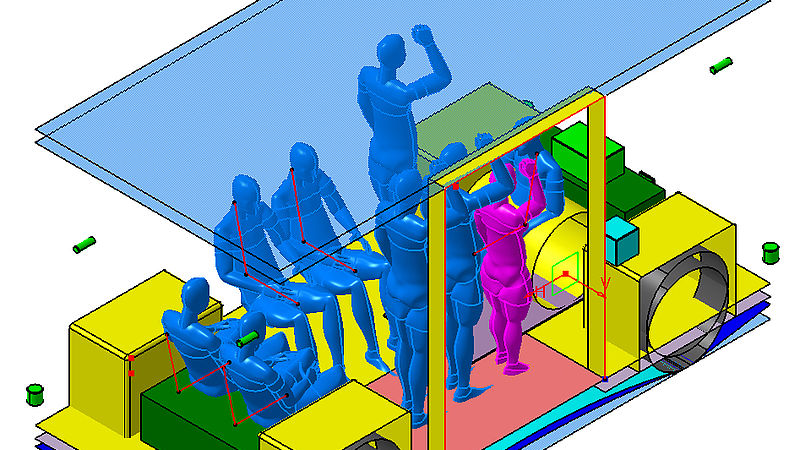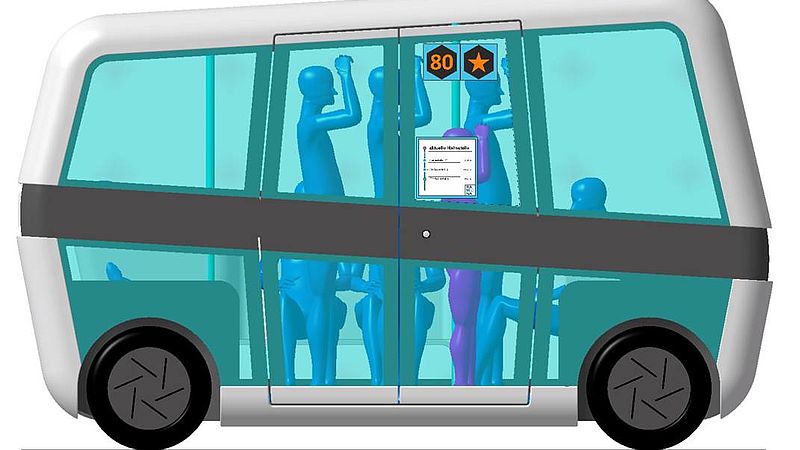Municipalities and operators hope that the use of autonomous buses will make local public transport safer, more efficient and more flexible. However, a number of questions arise when these types of vehicles are put into service: How do users deal with this new situation? Which opportunities and risks are created by the use of automated and flexible mobility concepts? Which framework conditions are necessary for the use of such vehicles to be successful? The RAMONA research project is dedicated to these and other questions.

RAMONA
realisation of automated mobility concepts in local public transport
The collaborating partners engaged on the RAMONA research project (realisation of automated mobility concepts in local public transport) have joined forces to investigate how the utilisation of automated and networked mobility concepts can be integrated into existing local public transport. The research work being undertaken by the Faculty of Automotive Engineering at Esslingen University of Applied Sciences focuses on developing concepts for the interior and exterior design. They should benefit the users and at the same time fulfil the requirements placed on local public transport to the optimum extent. In addition to geometric vehicle design, particular consideration is being given to the design of the vehicle IT (interface design concept).
The RAMONA research project aims to address the following issues, among other things:
- Development of highly automated and networked mobility and vehicle concepts in local public transport
- Evaluation of the above-mentioned concepts paying particular attention to their integration into the traffic environment and existing local public transport
- Analysis of the reactions and interactions of the passengers and the other road users with highly automated vehicles in local public transport
- Formulation of the demands which potential users place on automated local public transport
- Further development of the legal framework conditions for efficient operating concepts with autonomous vehicles in local public transport.
The RAMONA research project is subdivided into nine sub-projects. Esslingen University of Applied Sciences is tasked with managing the “virtual analysis of the vehicle concepts used and possible demand-based further developments” sub-project. The main tasks allocated to Esslingen University of Applied Sciences are subdivided into geometric vehicle design and the design of the vehicle IT with the following subordinate points:
Geometric vehicle design:
- Benchmark an autonomous local public transport vehicle
- Define the demands placed on an autonomous local public transport vehicle
- Develop a dimensioning concept on the basis of these demands
- Develop a design for an autonomous local public transport vehicle
- Develop a concept for an autonomous local public transport vehicle
- Present the concept in a virtual environment
Design of vehicle IT:
- Benchmark innovative local public transport operational interface systems
- Systematise the interaction between users and local public transport system
- Define the demands placed on the vehicle’s operational interface
- Design a concept for a vehicle operational interface
- Present the vehicle operational interface for the project partner to evaluate
- Berlin Senate Department for the Environment, Transport and Climate Protection (SenUVK)
- Berliner Verkehrsgesellschaft (BVG)
- German Aerospace Center (DLR) (project management)
- TU Munich
- Verband Deutscher Verkehrsunternehmen (VDV)
Presentation of results
Further information on the work of Esslingen University of Applied Sciences in this research project is subdivided into geometric vehicle design and design of vehicle IT:
Interested? Apply now! for the wintersemester 2025/2026
Get started
find a course



